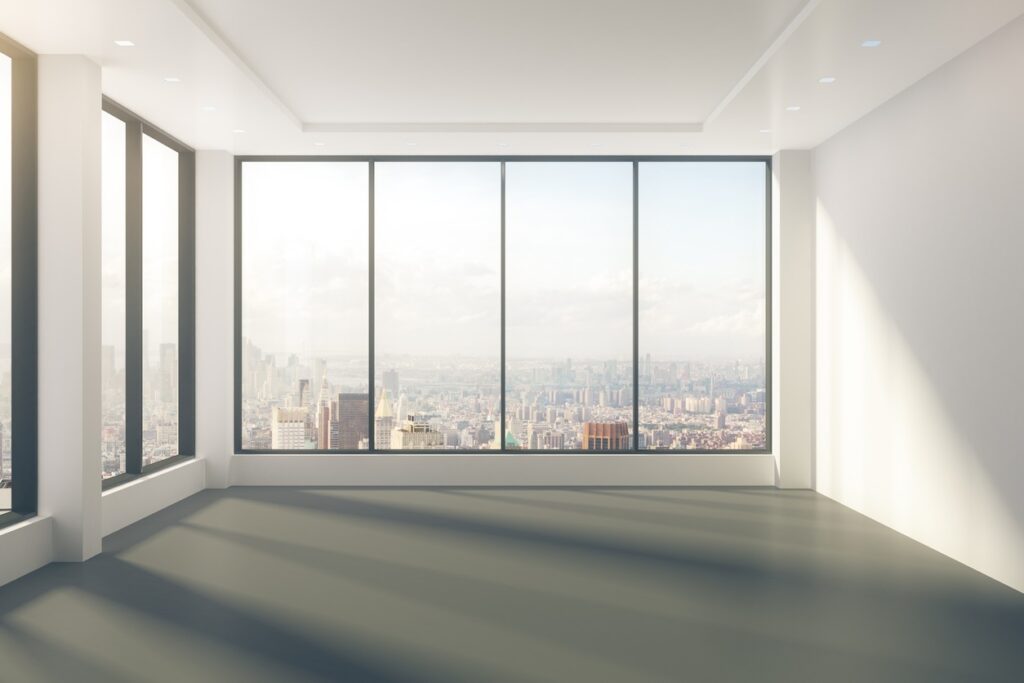
By a 3 to 2 majority, the Supreme Court has today ruled in favour of the owners of four luxury flats overlooked by the Tate Modern in their ongoing privacy case over the Tate Modern’s viewing platform after a judge ruled living in the homes was ‘like being on display in a zoo’. Giving judgment, Supreme Court judge Lord Leggatt said this case is a “straightforward case of nuisance”.
Residents of the Neo Bankside flats on the South Bank adjacent to the Tate Modern had launched a legal bid to close down the viewing platform which they said allows ‘hundreds of thousands’ of museum visitors to look inside their homes. The residents had bought their flats in 2013 and 2014, and the Tate Modern’s viewing gallery opened in 2016.
They first applied for an injunction in 2017 requiring the Tate to cordon off parts of the platform or to erect screening to block the views of their homes to stop what they said was a ‘relentless’ invasion of their privacy.
The owners lost their case at the Court of Appeal in February 2022 when a judge agreed with a previous High Court decision which suggested the owners could simply ‘lower their solar blinds’ or ‘install privacy film (or) net curtains’. The owners had argued that the platform went against their right to privacy, as enshrined by Article 8 of the European Convention of Human Rights. The residents then took their case to the Supreme Court.
Giving the court’s majority ruling, Lord Leggatt said the lower courts had found that the living areas of the flats – which have floor-to-ceiling windows – were under ‘constant observation from the Tate’s viewing gallery for much of the day, every day of the week’. He said: ‘It is not difficult to imagine how oppressive living in such circumstances would feel for any ordinary person – much like being on display in a zoo.’
Lord Leggatt found that the Tate Modern’s viewing gallery is not a ‘normal’ use of the museum’s land and is a legal ‘nuisance’ to the flat owners. He said: ‘It is beyond doubt that the viewing and photography which take place from the Tate’s building cause a substantial interference with the ordinary use and enjoyment of the claimants’ properties. He also said that asking the residents to put up curtains “wrongly places the responsibility to avoid the consequences of nuisance on the victim”, noting that judges would not ask someone to wear earplugs to block out excessive noise. He also disagreed with the idea that the properties’ glass walls meant the claimants were “responsible for their own misfortune”.
In his ruling, with which Lord Reed and Lord Lloyd-Jones agreed, the Supreme Court justice said that a ‘normal use’ of the Tate’s building would not allow the flat owners to bring a claim. However, he added: ‘The nature and extent of the viewing of the claimants’ flats goes far beyond anything that could reasonably be regarded as a necessary or natural consequence of the common and ordinary use and occupation of the Tate’s land.’
The case will now be returned to the High Court to determine whether the residents should be awarded an injunction or damages.
Will this case lead to similar claims where residents feel they are being overlooked? The Supreme Court has made it clear that the circumstances would be rare but it is an interesting possibility.
This article is for general purpose and guidance only and does not constitute legal advice. Specific legal advice should be taken before acting on any of the topics covered. No part of this article may be used, reproduced, stored or transmitted in any form, or by any means without the prior permission of Brecher LLP.




